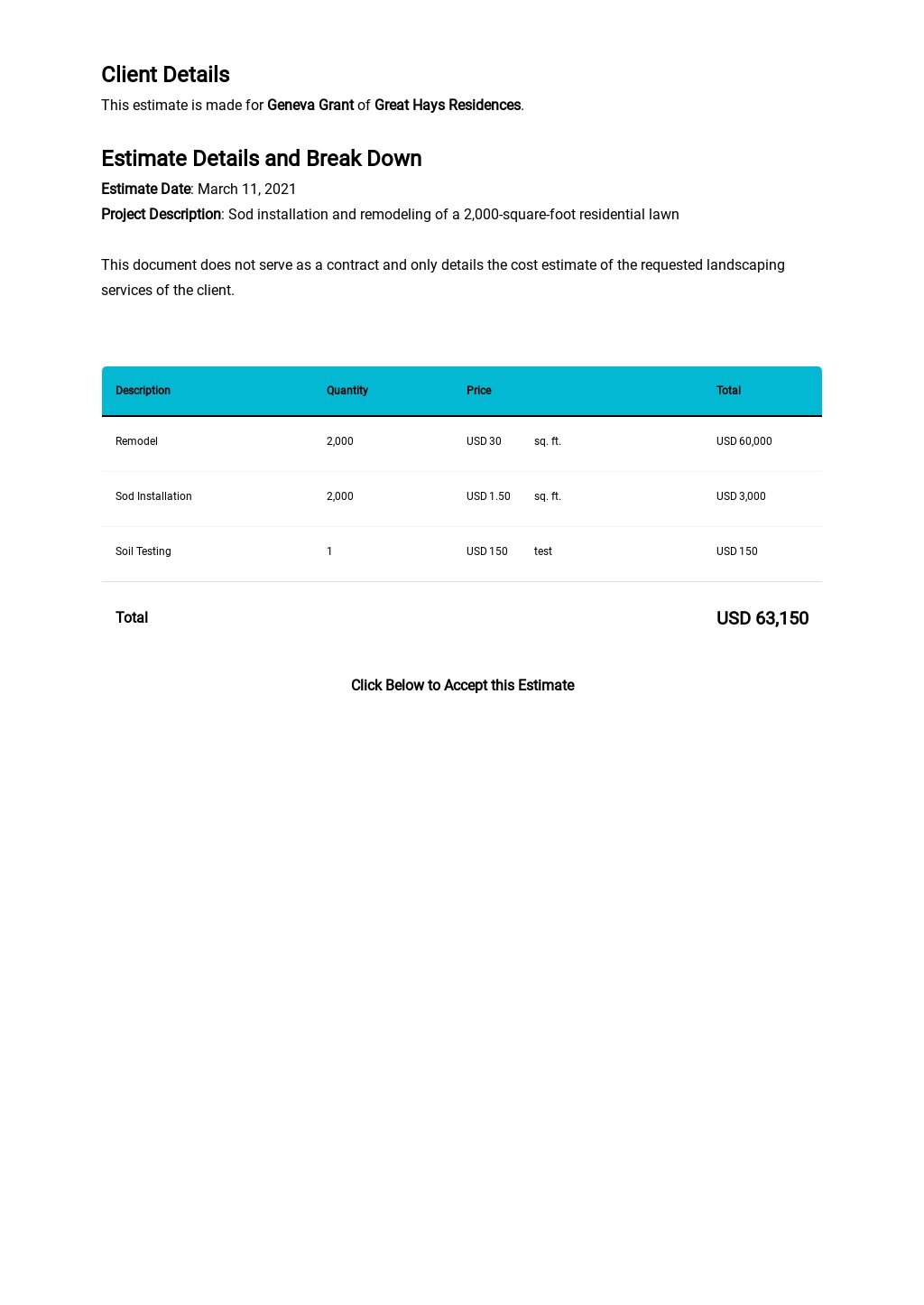
Unfortunately, considering the entropic effects is not straightforward, and current docking methods employ rough approximations. the native binding mode, and local minima will correspond to alternative binding modes.

the enthalpic and entropic effects, are correctly modelled by the energy function, the global minimum of the energy landscape will correspond to the experimental receptor–ligand conformation, i.e. If the thermodynamics of the system, i.e. In molecular docking, search algorithms are used to explore the free energy landscape to find the best ligand poses. We also consider approaches used to include protein flexibility and strategies that aim to improve binding affinity prediction in the context of a docking-based investigation.

We attempt to summarise the main topics and recent computational and methodological advances in protein–ligand docking. In this review, we present the search algorithms and scoring functions most commonly used in current molecular docking methods that focus on protein–ligand applications. The ability to successfully handle the intrinsic molecular flexibility of a system and to correctly describe the energetics of receptor–ligand interactions is critical to the development of predictive docking methodologies that are useful in prospective drug design studies. Furthermore, when investigating large compound libraries, the method must be able to successfully distinguish binding from non-binding molecules and to correctly rank these ligands among the best compounds in the database (Kolb and Irwin 2009).Ī search algorithm and an energy scoring function are the basic tools of a docking methodology for generating and evaluating the ligand conformations. to find the experimental ligand geometry within a certain tolerance limit) and the associated physical–chemical molecular interactions.

A successful docking methodology must be able to correctly predict the native ligand pose within the receptor binding site (i.e. Molecular docking consists of three main connected goals: pose prediction, virtual screening and binding affinity estimation (Jain and Nicholls 2008). These methods aim to predict the experimental binding mode and affinity of a small molecule within the binding site of the receptor target of interest. Molecular docking methodologies are of great importance in the planning and design of new drugs.


 0 kommentar(er)
0 kommentar(er)
